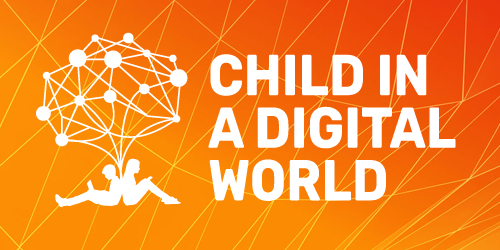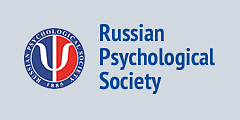Psychology in Russia: State of the Art, Moscow: Russian Psychological Society, Lomonosov Moscow State University, 2018, 3, 224 p.

2018
Volume 11 (03)
Volume 11 (03)
Methodology of psychology
Social psychology
-
National Identity Management Strategies: Do they Help or Hinder Adoption of Multiculturalism in Russia?
-
Basic Values in Russia: Their Dynamics, Ethnocultural Differences, and Relation to Economic Attitudes
-
Personal Sovereignty in Adolescents and Youth from Armenia, China, and Russia
Organizational psychology
-
The Impact of Organizational and Personal Factors on Procrastination in Employees of a Modern Russian Industrial Enterprise
-
Tolerance and Intolerance for Uncertainty as Predictors of Decision Making and Risk Acceptance in Gaming Strategies of the Iowa Gambling Task
Clinical psychology
-
From Fundamental Principles of Memory Organisation Towards Neurorehabilitation: A Literature Review and Case Report
-
Maternal Communicative Behavior as a Factor in the Development of Communication in Children with Down Syndrome
-
Intimate Partner Violence: An Overview of the Existing Theories, Conceptual Frameworks, and Definitions
Developmental psychology
-
Developmental Change in Full- and Preterm Infants between the Ages of Three and Nine Months in Institutions with Different Caregiving EnvironmentsPDF HTML5722“ CITE
Muhamedrahimov R.J., Chernego D.I., Vasilyeva M.J., Palmov O.I., Vershinina E.A., Nikiforova N.V., McCall R.B., Groark C.J. (2018) Developmental Change in Full- and Preterm Infants between the Ages of Three and Nine Months in Institutions with Different Caregiving Environments. Psychology in Russia: State of the Art, 11 (3), 152-167
copied
-
Adolescent Vandalism: the Role of the Parent-Child Relationship in the Development of Destructive Behavior
-
Specific Features of the Relationships between Operational Structures within Preschoolers’ Systems of Thought









